2020-09-09 12:44:23
Preliminaries
Support


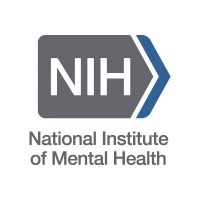

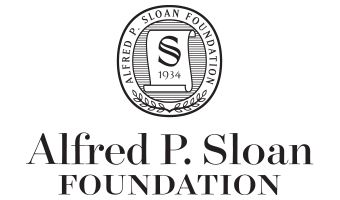
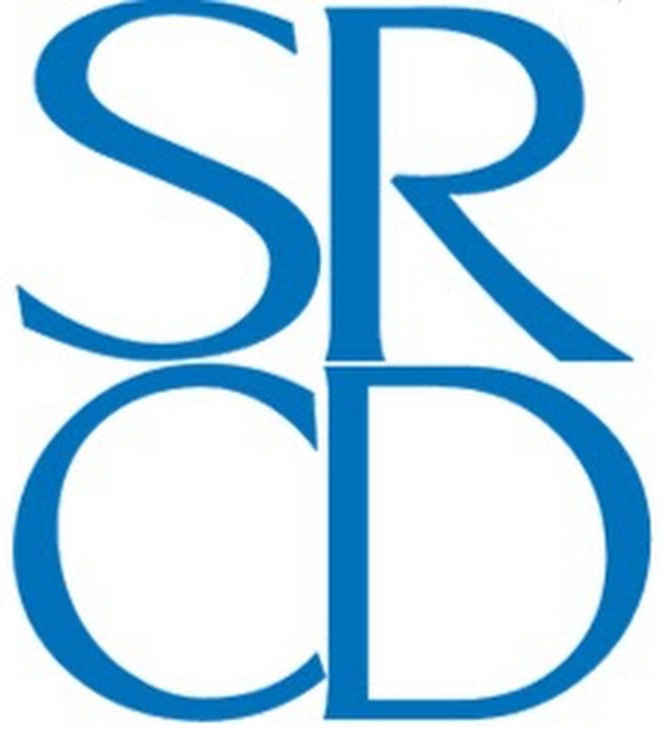
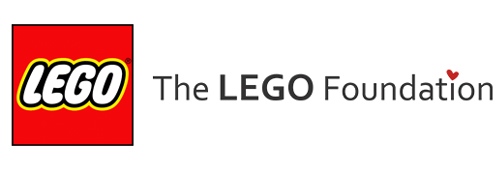
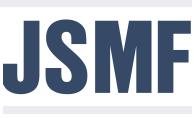






Agenda
- An open science manifesto
- Databrary.org
- Let’s strengthen developmental neuroscience
An open science manifesto

“The first principle is that you must not fool yourself, and you are the easiest one to fool.”
– Richard P. Feynmann
Open science accelerates discovery
- Shows your work
- Data + analysis code + tasks
- What’s the effect size for…

Closed science slows discovery
- Wastes energy, time, money
- Hasn’t somebody tried X before?
- How big is the ‘file drawer effect’?
Open science strengthens inference
- Improves reproducibility
- Reveals errors faster
- Permits verification, re-analysis; strengthens meta-analysis
- Boosts sample sizes & increases power
Closed science weakens inference
But will emphasizing transparency and openness in science…
“…yield more robust and reliable findings that others can readily build upon.”
Is open sharing of research data and materials…
“essential for the conduct of research and its application to practice and policy.”
“The advancement of detailed and diverse knowledge about the development of the world’s children is essential for improving the health and well-being of humanity.”
Yes, but…
- Sharing difficult, time-consuming
- Openness not yet rewarded, highly valued
- Collecting new data better (for me) than cleaning-up finished studies to share them
- I’ll share with X but not with Y
- I’ll change when..
- the field does/I get tenure/I’m finished with my data…
- I can’t share because…
- I don’t have permission from IRB/participants/collaborators
- I own my data…
- don’t I?
Databrary.org
- World’s only data library specialized for storing and sharing video and audio + related data from research on humans
- Hosted at New York University
- Opened 2014
- 588 institutions; 1746 researchers; 58,893 hours of video + other data; 577 shared projects
Video and audio data pose special risks
- Faces & voices
- Names, personal locations
- Behaviors
Video data have unique research potential
as data…
- Spatially & temporally dense samples of behavior
- “Outputs” of biological processes
and as documentation…
- How procedures are actually done
- What computer-based tasks actually look or sound like
How Databrary protects personal data
- Shared only with participant permission (& IRB approval)
- Provide template language, scripts and procedure documentation
Share openly (but with restricted audiences)
- Researchers require institutional authorization
- Formal access agreement
- Site-wide access, not dataset-specific
- Generic uses
- Fosters data re-use and contribution
Virtues
- Restricted data sharing has long track-record (e.g., ICPSR)
- Consistent sharing permission clarifies nature of risk
- Empowers participants
- Researchers & institutions determine what to share & when
- Open, but not public, sharing
- More secure than public data and materials services or journal web pages
- Researchers, Institutions need not reinvent wheels
- More discoverable than personal websites or institutional repositories
- Allows smaller-scale programs of research to contribute
- Consistent curation (and sharing permissions) make reuse easier
- Works for data beyond video
- Secure data interaction via API
databraryapi::get_db_stats()
## date investigators affiliates ## 1 2020-09-09 12:44:24 1191 555 ## institutions datasets_total datasets_shared n_files ## 1 588 1138 577 125663 ## hours TB ## 1 58893.01 26.19616
Databrary 2.0
- Updated policy framework
- Rewriting in Node.js, Hasura/GraphQL, Vue.js/Quasar
Let’s open (& strengthen) developmental neuroscience
Embrace secondary re-use
Use video
- to document and share procedures
- to capture and describe a broader range of participants’ behaviors
Share our own data and materials
- Databrary
- Data that should be restricted
- Start with procedure videos, displays
- Open Science Framework (OSF)
- OpenNeuro
Write and share reproducible analysis & display code
- Psychophysics Toolbox, Psychopy, E-Prime
- Github, Gitlab
- MATLAB, R, Python, shell scripts; but also SPSS, SAS, …
Change the scientific culture…
- Cite colleagues’ data & materials
- Add open science contributions to our websites, CVs, etc.
- Urge professional societies and journals to adopt open science policies, e.g. (SRCD, 2019)
We can do it!
Make our science open!

Resources
Software
This talk was produced on 2020-09-09 in RStudio using R Markdown. The code and materials used to generate the slides may be found at https://github.com/gilmore-lab/2020-09-02-flux. Information about the R Session that produced the code is as follows:
## R version 3.6.2 (2019-12-12) ## Platform: x86_64-apple-darwin15.6.0 (64-bit) ## Running under: macOS Mojave 10.14.6 ## ## Matrix products: default ## BLAS: /System/Library/Frameworks/Accelerate.framework/Versions/A/Frameworks/vecLib.framework/Versions/A/libBLAS.dylib ## LAPACK: /Library/Frameworks/R.framework/Versions/3.6/Resources/lib/libRlapack.dylib ## ## locale: ## [1] en_US.UTF-8/en_US.UTF-8/en_US.UTF-8/C/en_US.UTF-8/en_US.UTF-8 ## ## attached base packages: ## [1] stats graphics grDevices utils datasets ## [6] methods base ## ## other attached packages: ## [1] qrcode_0.1.1 ## ## loaded via a namespace (and not attached): ## [1] png_0.1-7 assertthat_0.2.1 ## [3] packrat_0.5.0 digest_0.6.25 ## [5] R.methodsS3_1.8.0 R6_2.4.1 ## [7] jsonlite_1.7.0 magrittr_1.5 ## [9] evaluate_0.14 highr_0.8 ## [11] httr_1.4.2 rlang_0.4.7 ## [13] stringi_1.4.6 curl_4.3 ## [15] R.oo_1.23.0 R.utils_2.9.2 ## [17] keyring_1.1.0 databraryapi_0.2.3 ## [19] rmarkdown_2.3 tools_3.6.2 ## [21] stringr_1.4.0 xfun_0.16 ## [23] yaml_2.2.1 compiler_3.6.2 ## [25] htmltools_0.5.0 knitr_1.29
## Logout Successful.
## [1] TRUE
References
Adolph, K.E., Gilmore, R.O., & Kennedy, J.L. (2017). Video as data and documentation will improve psychological science. https://www.apa.org/science/about/psa/2017/10/video-data. Retrieved from https://www.apa.org/science/about/psa/2017/10/video-data
Allaire, J., Xie, Y., McPherson, J., Luraschi, J., Ushey, K., Atkins, A., … Iannone, R. (2020). Rmarkdown: Dynamic documents for r. Retrieved from https://github.com/rstudio/rmarkdown
Gilmore, R. (2020). Databraryapi: Control the Databrary API. Retrieved from http://github.com/PLAY-behaviorome/databraryapi
Gilmore, R. O., & Adolph, K. E. (2017). Video can make behavioural science more reproducible. Nature Human Behavior, 1. https://doi.org/10.1038/s41562-017-0128
Gilmore, R. O., Cole, P. M., Verma, S., Aken, M. A. G., & Worthman, C. M. (2020). Advancing scientific integrity, transparency, and openness in child development research: Challenges and possible solutions. Child Development Perspectives, 14(1), 9–14. https://doi.org/10.1111/cdep.12360
Mota-Mena, N., & Scherf, K. S. (2016). Pubertal development shapes perception of complex facial expressions. Databrary. https://doi.org/10.17910/B7.272
R Core Team. (2019). R: A language and environment for statistical computing. Vienna, Austria: R Foundation for Statistical Computing. Retrieved from https://www.R-project.org/
Rosenthal, R. (1979). The file drawer problem and tolerance for null results. Psychological Bulletin, 86(3), 638–641. https://doi.org/10.1037/0033-2909.86.3.638
SRCD. (2019). Policy on scientific integrity, transparency, and openness | society for Research in Child Development SRCD. https://www.srcd.org/policy-scientific-integrity-transparency-and-openness. Retrieved from https://www.srcd.org/policy-scientific-integrity-transparency-and-openness
Szucs, D., & Ioannidis, J. P. A. (2017). Empirical assessment of published effect sizes and power in the recent cognitive neuroscience and psychology literature. PLoS Biology, 15(3), e2000797. https://doi.org/10.1371/journal.pbio.2000797
Xie, Y., Allaire, J. J., & Grolemund, G. (2018). R markdown: The definitive guide. Boca Raton, Florida: Chapman; Hall/CRC. Retrieved from https://bookdown.org/yihui/rmarkdown

![[[@Rosenthal1979-zi]](https://doi.org/10.1037/0033-2909.86.3.638)](img/rosenthal-1979-file-drawer-problem.png)

![[[@Gilmore2020-sl]](http://dx.doi.org/10.1111/cdep.12360)](img/gilmore-cole-et-al.png)
